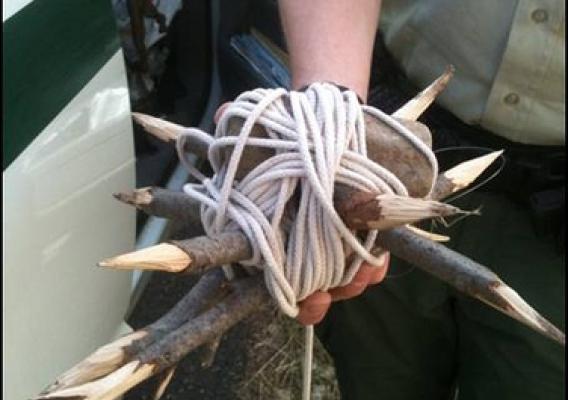Each year, USDA Rural Development assists thousands of limited income Americans achieve the dream of homeownership. We do it with the support of our partners and our field staff. Below, cross-posted from the White House website, is the story of one person in Utah who teamed with USDA to make a big difference.
Cross posted from the White House Champions of Change website:
Emily S. Niehaus is the Founder and Executive Director of Community Rebuilds, a nonprofit whose mission is to build energy-efficient housing, provide education on sustainability, and improve the housing conditions of the workforce through an affordable program.
In 2008, Presidential candidate Barack Obama declared “Yes We Can.” I, along with millions of other Americans, was inspired by this approach to politics. I understood this message to be a partnership request. I had a role to play. And so I founded Community Rebuilds to address an affordable housing need in my rural community with the larger goal of shifting the existing construction paradigm to have a lighter impact. Community Rebuilds’ mission is to build energy-efficient housing, provide education on sustainability, and improve the housing conditions of the workforce through an affordable program.








